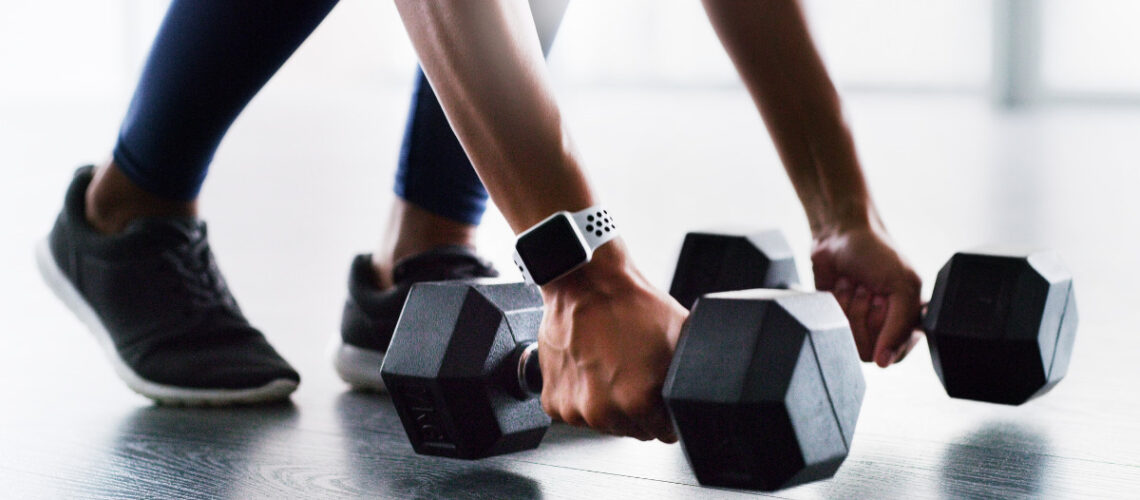The Power of Bodyweight Workouts
In a world where fitness enthusiasts are constantly seeking effective and accessible ways to build muscle and enhance agility, bodyweight workouts have emerged as a game-changer. These workouts require no fancy gym equipment, making them versatile and accessible to everyone, regardless of their location or budget.
The Science Behind Building Muscle
Understanding Muscle Growth
Before diving into the world of bodyweight workouts, it’s essential to understand the science behind muscle growth. Muscles grow in response to resistance, whether that resistance comes from weights, resistance bands, or, in the case of bodyweight workouts, the resistance of one’s own body. When muscles are subjected to challenging exercises, they adapt by becoming larger and stronger.
The Role of Progressive Overload
Progressive overload is the cornerstone of building muscle. It involves gradually increasing the intensity or resistance of exercises over time. Bodyweight workouts are highly adaptable for progressive overload, as individuals can modify exercises to become more challenging as they become stronger.
Effective Bodyweight Exercises for Muscle Building
Push-Ups: A Classic Muscle Builder
Push-ups are a fundamental bodyweight exercise that targets the chest, shoulders, and triceps. They can be modified to suit various fitness levels, making them accessible for beginners and challenging for advanced athletes.
Squats: Leg and Glute Powerhouse
Squats are excellent for building lower body strength and muscle. They engage the quadriceps, hamstrings, glutes, and even the core. Variations like pistol squats or jump squats add intensity for those seeking a greater challenge.
Pull-Ups: Upper Body Mastery
Pull-ups are among the best exercises for developing upper body strength. They target the back, biceps, and shoulders. While they can be tough for beginners, using assistance bands or practicing negative pull-ups can help build the necessary strength.
Planks: Core Stability and More
Planks are an underrated but incredibly effective bodyweight exercise. They engage the core, shoulders, and back. Various plank variations, such as side planks or forearm planks, provide diverse challenges.
Building a Bodyweight Workout Routine
Setting Goals & Tracking Progress
Setting clear goals and diligently tracking progress form the cornerstones of a successful bodyweight workout regimen. It’s not just about going through the motions; it’s about having a well-defined destination and charting the course to get there.
Goal Setting: Establishing specific objectives is the first step. Do you aim to increase your upper body strength, sculpt your lower body, or enhance overall muscle definition? These goals serve as motivation and guide exercise selection. They should be SMART: Specific, Measurable, Achievable, Relevant, and Time-bound.
Progress Tracking: Without tracking, it’s challenging to determine whether you’re making strides toward your goals. Simple methods include jotting down the number of repetitions and sets for each exercise or noting the duration of a plank or a hold. This allows you to see improvements over time and identify areas that may need more attention.
Visual Feedback: Regular photos can be incredibly motivating. They provide a visual record of your journey, showing changes in muscle definition and body composition. While the scale might not always reflect progress accurately, photos don’t lie. They’re a tangible representation of your hard work.
Tracking progress not only keeps you accountable but also empowers you with the knowledge of what works best for your body. It allows for adjustments and refinements in your routine, ensuring that you stay on the path to achieving your bodyweight muscle-building goals.
Incorporating Progressive Overload
Progressive overload is the key to ongoing muscle growth. To implement it in a bodyweight workout routine, individuals can increase the number of repetitions, add sets, modify exercise difficulty, or even include isometric holds to intensify the workout.
Nutrition: The Fuel for Building Muscle
The Role of Protein
Proper nutrition is the building block of muscle. Ensuring an adequate intake of protein through sources like lean meats, dairy, legumes, and plant-based proteins is vital for muscle recovery and growth.
Balancing Macronutrients
A balanced diet that includes carbohydrates and healthy fats alongside protein provides the energy needed for intense workouts and supports overall health.
Rest and Recovery: The Unsung Heroes
The Importance of Rest Days
Rest days are an integral part of building muscle. They allow muscles to recover and repair, ultimately leading to greater gains in strength and size.
Quality Sleep
Sleep is when the body performs its most significant repair and growth work. Aim for seven to nine hours of quality sleep each night to optimize muscle-building potential.
Muscle Building without Boundaries
Bodyweight workouts offer a versatile and effective means of building muscle and enhancing agility without the need for elaborate equipment or gym memberships. By understanding the science of muscle growth, incorporating effective exercises, setting clear goals, and supporting workouts with proper nutrition and rest, individuals can unlock their full potential and sculpt a stronger, more agile physique anywhere they choose to exercise. Whether at home, in a park, or on the road, the world becomes a gym without boundaries when armed with the knowledge and dedication to bodyweight muscle building.

